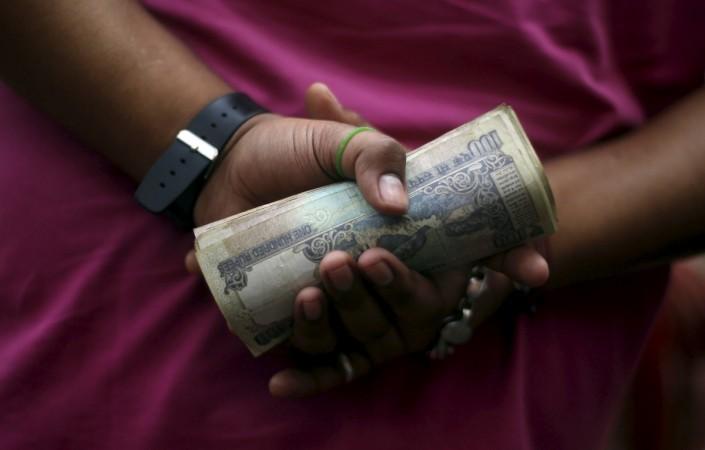
Individuals who are sending money abroad to face tighter scrutiny starting Thursday (April 12). The Reserve Bank of India (RBI) has tightened its regulation norms of Liberalised Remittance Scheme (LRS) under which an individual can transfer up to $2,50,000 (Rs 1.63 crore) abroad a year.
"In order to improve monitoring and also to ensure compliance with the LRS limits, it has been decided to put in place a daily reporting system by AD banks of transactions undertaken by individuals under the LRS, which will be accessible to all the other ADs," RBI said in a statement released Thursday.
Now banks in the country will be required to report daily transaction-wise information undertaken by them under the LRS. "Accordingly, from the date of issue of this circular, all AD Category-I banks are required to upload daily transaction-wise information undertaken by them under LRS at the close of business of the next working day. In case no data is to be furnished, AD banks shall upload a 'Nil' report," the central bank added.
Sending money from India by an Indian resident or an NRI to people abroad falls under the Foreign Exchange Management Act (FEMA). In 2004, the government introduced the LRS with a view to making foreign exchange transactions easy.
Initially, the amount limit under the LRS was set at $25,000 a year. As of now, the government allows all residents, including minors, to send up to $250,000 per financial year abroad under the scheme for any permitted capital or current-account transactions.
To make the transactions, remitters should have a bank account with an authorized bank. Some banks require the remitter to have a bank account with them for at least one year for conducting the transaction. The Permanent Account Number or PAN card is also mandatory.
Under the scheme, once the remittance is made for an amount up to $250,000 in a financial year, a resident individual cannot make any further remittances.

















